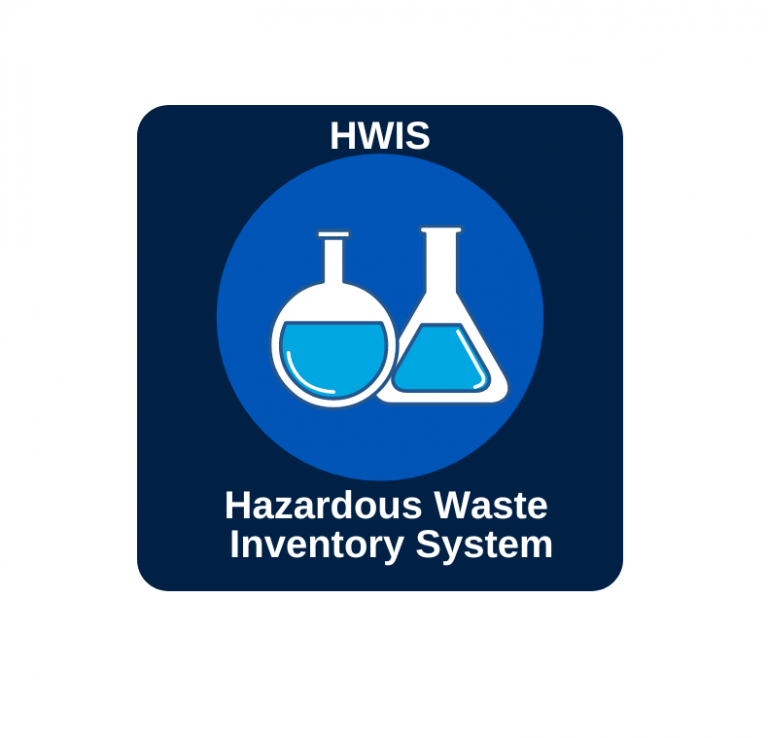Hazardous Materials Management
Health, Safety & Environment coordinates, manages and handles hazardous waste generated at UBCO by adhering to local, regional and federal regulations. The guides and procedures provided on this website allow for both waste generators and the University as a whole to ensure compliance with regulations, UBC policies, and best management practices. Click on a category below for more information:
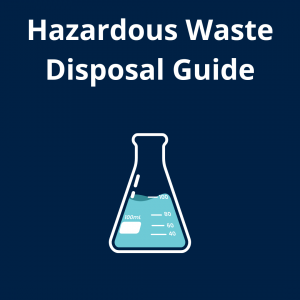 |
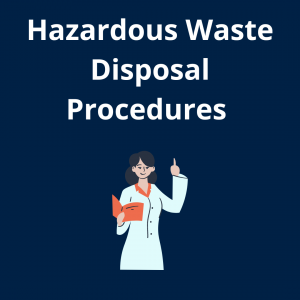 |
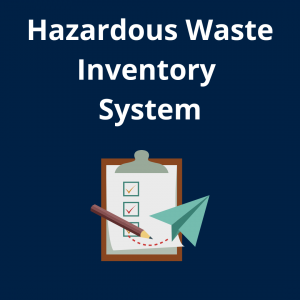 |
 |
 |
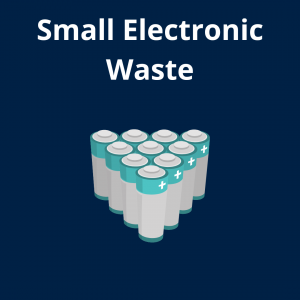 |
Additional Resources
For hazardous materials spills, please view the Hazardous Materials Spill Procedures
For non-hazardous wastes, please visit Facilities’ waste webpage
For recyclable lab waste, please visit Sustainability’s lab plastic recycling program


